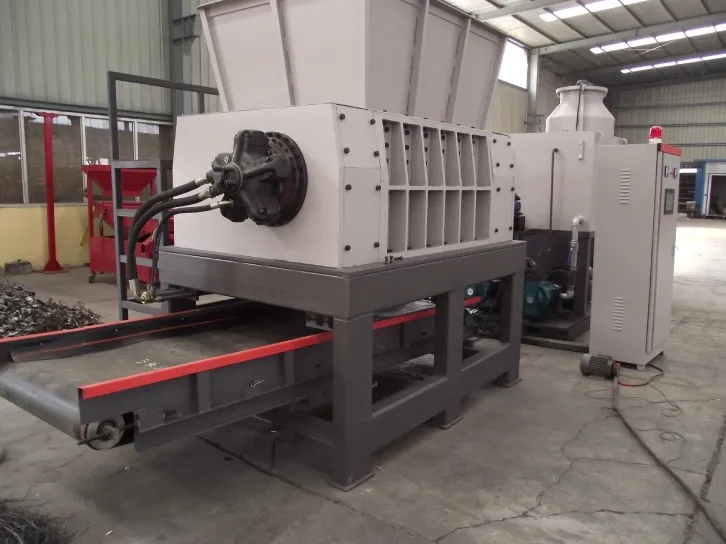
9 月 . 28, 2024 08:41 Back to list
Understanding Shredder Scrap Prices A Comprehensive Overview
In the world of recycling and metal processing, shredder scrap prices play a pivotal role in determining the profitability and efficiency of operations for various businesses. Shredders are heavy-duty machines designed to break down large chunks of metal, plastic, and other materials into manageable pieces that can be easily processed, recycled, or disposed of. The resultant scrap materials hold significant value in the market, influencing the economic viability of recycling operations.
What Are Shredder Scrap Prices?
Shredder scrap prices refer to the market value assigned to the materials generated from the shredding process. These materials typically include metals like aluminum, brass, copper, and steel, as well as mixed materials and plastics. Prices can fluctuate based on a variety of factors including market demand, the quality of the scrap, and global economic conditions.
Factors Influencing Shredder Scrap Prices
1. Market Demand The demand for recycled materials is primarily driven by the health of the construction, automotive, and manufacturing industries. When these sectors are thriving, the demand for raw materials, including shredder scrap, increases, driving up prices.
2. Global Economic Conditions Economic conditions across the globe can significantly impact shredder scrap prices. For instance, when economies are booming, there tends to be a higher demand for commodities, including metals derived from scrap materials. Conversely, during economic downturns, scrap prices may fall as demand decreases.
3. Quality of Scrap The quality of the shredded material also influences pricing. High-quality, clean scrap metals—free from contaminants and non-metallic materials—command higher prices than mixed or contaminated scraps. Recyclers strive to produce high-quality output to maximize value.

4. Regional Variation Scrap prices can vary regionally due to differences in local demand, availability of materials, and processing capacities. Urban areas with higher industrial activity often see higher scrap prices compared to rural areas.
5. Regulatory Changes Changes in environmental regulations can affect shredder scrap prices. Stricter regulations may increase processing costs, affecting the quantities of scrap that can be economically processed. Additionally, incentives for recycling can lead to increased demand and higher prices.
The Impact of Technology
Advancements in recycling technology and shredder design have also played a role in shaping scrap prices. Modern shredders are more efficient and can process materials at higher rates, reducing operational costs and enabling recyclers to offer competitive prices. Moreover, technology upgrades can enhance the separation of different types of metals, leading to pure scrap streams that command better prices.
The Recycling Industry's Future
Looking ahead, the recycling industry is poised for growth, driven by increasing awareness of environmental sustainability and the recycling of valuable materials. As businesses and consumers alike prioritize sustainable practices, the demand for shredder scrap is expected to rise, potentially pushing prices higher.
In conclusion, shredder scrap prices are influenced by a complex interplay of market demand, economic conditions, material quality, regional variations, and technological advancements. For businesses involved in recycling, understanding these dynamics is crucial for optimizing operations and maximizing profitability in an ever-evolving market environment. As global interest in sustainability continues to grow, the value of shredder scrap will likely remain a central focus for recyclers and manufacturers alike.
Latest news
Unveiling the Power of Eddy Current Separator
NewsSep.25,2024
Transform Your Home Recyclin:home metal shredder
NewsSep.25,2024
The Future of Waste Management with Recycling Line Picker
NewsSep.25,2024
The Benefits of a Metal Recycling Plant
NewsSep.25,2024
Revolutionize Material Separation with Onwang Technology
NewsSep.25,2024
Innovative Waste Management: Unveiling the MSW Sorting Plant
NewsSep.25,2024